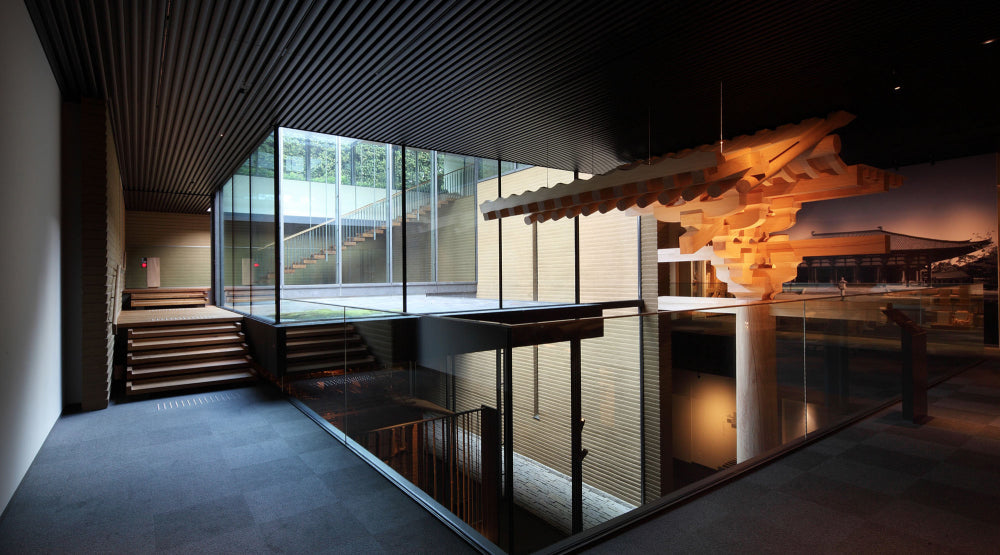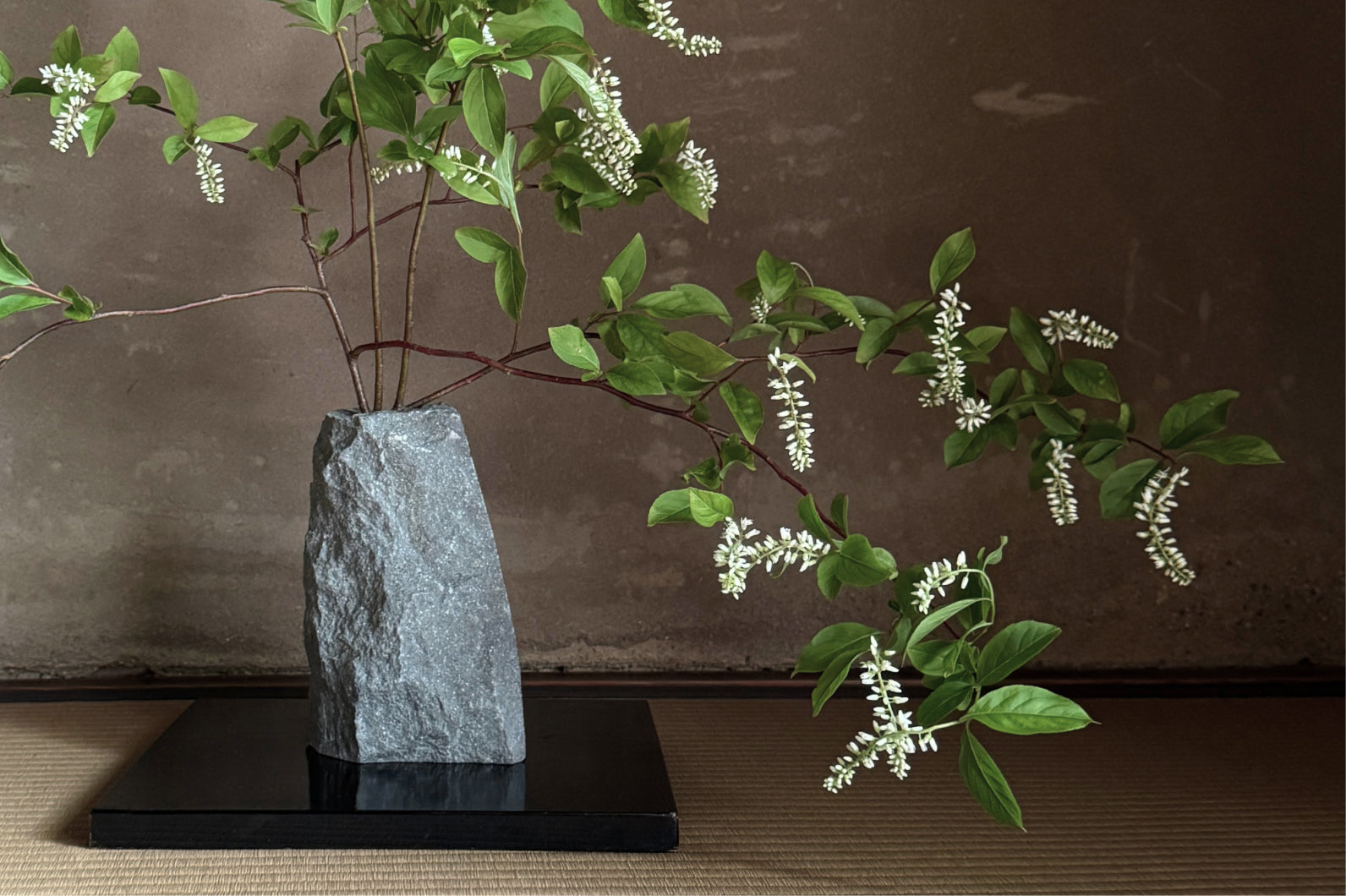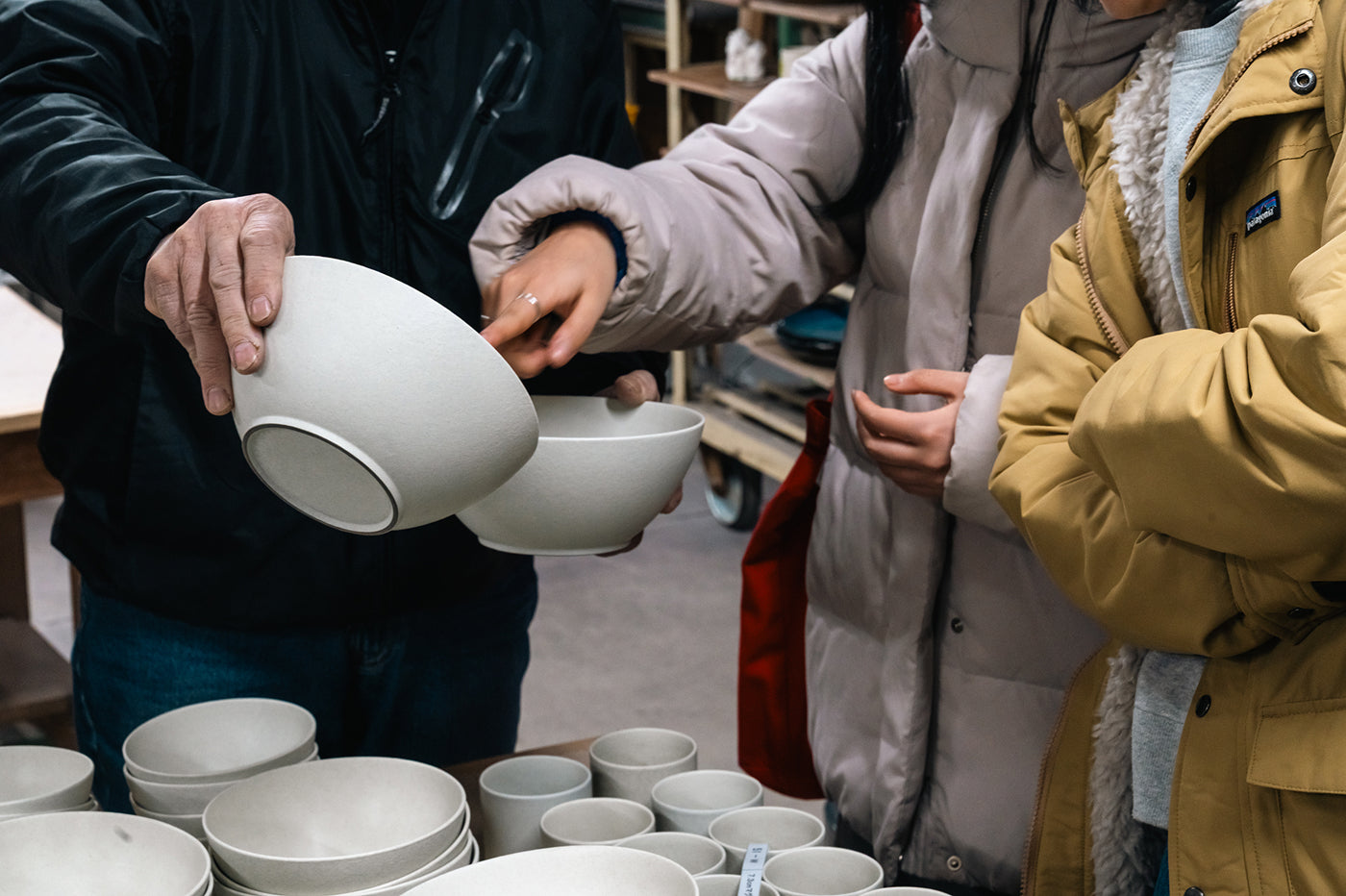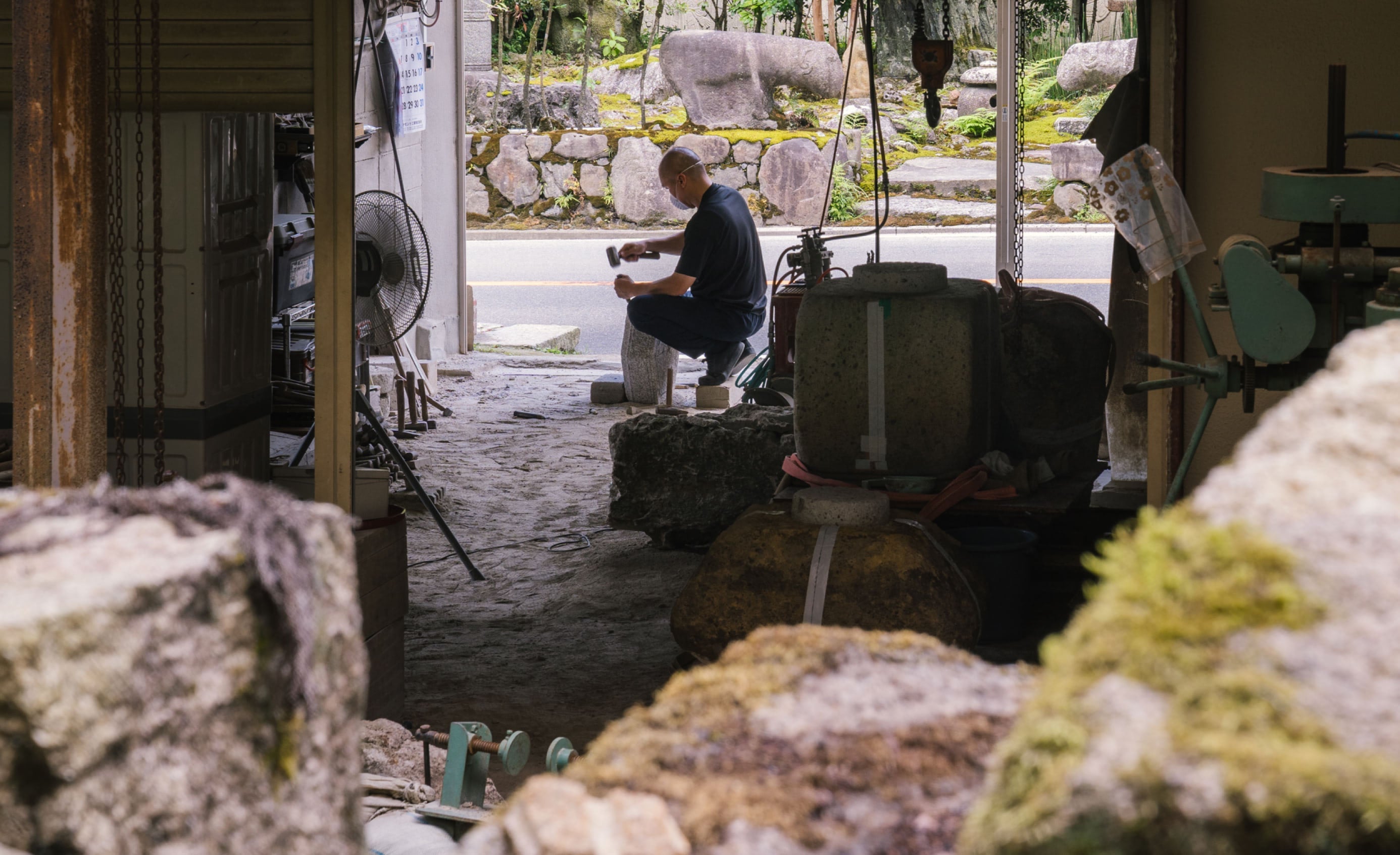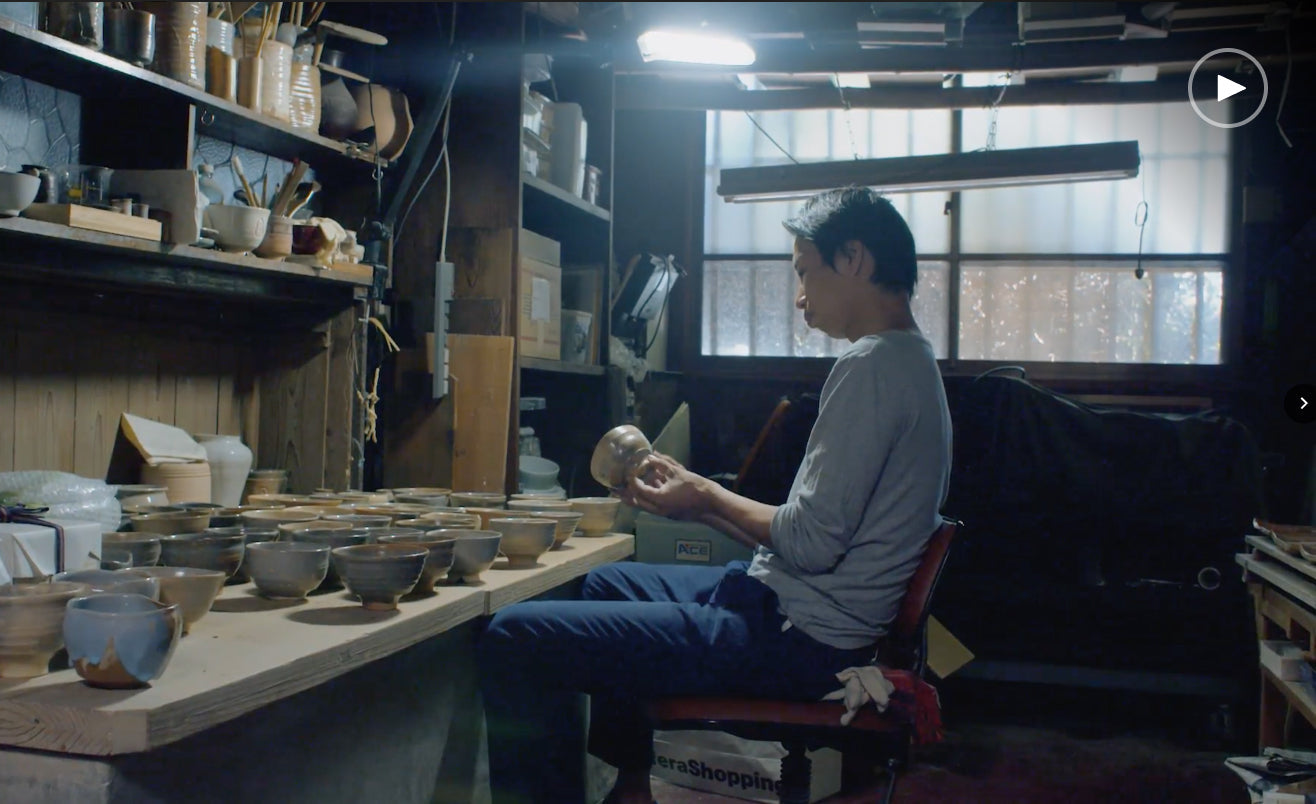Published August 2nd 2019 on the former blog. Written by Kelly Chan
It is a lesson that we learn over and over: what changes with time often truly lasts the longest. This phrase could be said about many of the arts and crafts of Japan. Structure and objects made of wood and paper bear traces of the passing months and years, often until they are completely subsumed by the churning of time. As a result, however, the traditions that produce them experience continuous renewal.


In Japan, some extraordinary efforts have been made to sustain and breathe life into local traditions of craftsmanship, one example being the Takenaka Carpentry Tools Museum in Kobe. Founded in 1984, the museum focuses on collecting, preserving, and contextualizing woodworking tools, playing a key role in connecting the appreciation of Japanese wood-based architecture and furniture with the trans-generational knowledge, techniques, and tool-making traditions that are concealed at its roots.

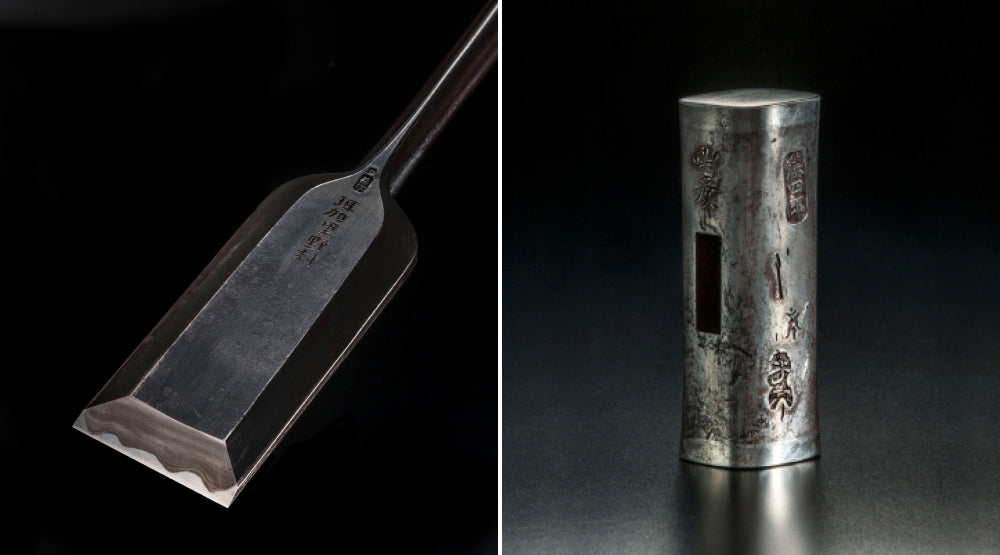
The museum’s seven-part, permanent exhibition highlights the development of Japanese carpentry with an abundant display of local and international carpentry tools, of which there are over 17,000 in the permanent collection. Here, technique and process are brought into the foreground, rendered with sweeping displays of saws, hammers, chisels, drills and planking tools that speak implicitly of the skill, patience, and coordination that so inform traditional Japanese carpentry. The tools stand alone as expressions of another venerated tradition —blacksmithing. Not unlike the wood objects they are designed to create, the iron carpentry tools are meant to be worn down with use, holding life and purpose until they naturally expire.


Carpentry itself is also well represented at the museum, often through the inclusion of full-scale architectural models. Visitors are invited to study sections of roof structures up close and contemplate the precisely carved joints and stereometric compositions that are so integral to some of Japan’s most renowned building traditions. From the austere, stacked rooftops bedizened with carved wooden ornaments, to the ethereal, screen-like walls that enwrap Japanese tearooms with an unmistakable quality of light, visitors can experience the many latent qualities of Japanese timber that are known so intimately by the woodworkers who coax them out.


Finally, the museum itself stands as an eclectic, contemporary expression of Japanese carpentry and its related artisanal traditions. After spending its first 30 years at its original site in Nakayamate, Kobe, the Takenaka Museum relocated in 2014 to a beautifully landscaped location at the foot of Mount Rokko, which was occupied by a wooden teahouse built by master carpenter Kaichiro Usui. The teahouse, as well as several of the trees on site, was preserved in the design of the museum, while the main building sits mostly below ground. Only the glass-enclosed museum lobby is visible above ground, where it greets visitors with an impressive funazoko or “houseboat-style” timber ceiling and a roof of ibushi (smoked tiles) made by artisans in Awaji. Other architectural details, such as earthen walls, clay floor tiles, and signage made of hand-forged iron, show how seamlessly tradition and innovation blend together, much in line with the mission of the museum. An active program of special exhibitions brings in the works of local and international artisans, while regular, hands-on education workshops encourage visitors of all ages to touch and manipulate wood. Far from an homage to a mythical past, the Takenaka Carpentry Tools Museum seeks to give Japanese carpentry a space to grow and evolve in the present.


